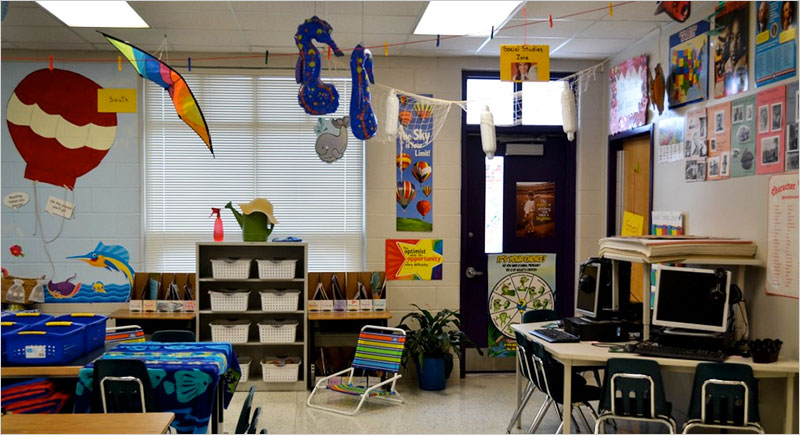Ocean Guardian Classroom

Examples of School-Based Conservation Projects
An Ocean Guardian Classroom can propose a school-based conservation project to promote conservation and protection of your watershed and the world's ocean. Examples include:
- clearly marking school and local storm water drains with suitable signs, such as “This drain leads to the ocean;”
- covering and storing trash in areas where it cannot contaminate or pollute storm water;
- initiating green waste resource recovery programs, such as collecting and composting fallen leaves for use as garden mulch;
- mulching school gardens to reduce water use;
- planting school gardens or nature corridors with endemic native plants;
- re-vegetating streams and creeks that flow though local areas;
- initiating recycling programs to reduce litter;
- constructing local wetlands;
- participating in water quality monitoring projects;
- recycling all paper and material where possible;
- developing a green purchasing program that takes into account the environmental impact of purchases (packaging, recycled materials, sustainable production);
- disposing of waste water in a way that it does not have a negative impact on local watersheds and the world's ocean;
- having appropriate practices for the disposal of toxic chemicals; or,
- encouraging students to adopt ecologically sustainable practices at home, school, in the general community, and along the coasts and in the ocean.
Community-Based Conservation Projects
An Ocean Guardian Classroom can also propose a community-based conservation project that may influence the community to question its own attitudes towards its impact on and use of their watersheds and ocean. Examples include:
- working with stores and their customers to promote the use of reusable bags in place of plastic bags that have the potential to become marine debris and injure marine and other wildlife;
- working with communities to address water quality issues with local watersheds that lead to the ocean;
- promoting and publicizing school projects that benefit their local watersheds and the ocean using the local media, school newsletters, school magazines and displays in local shopping centers, council chambers, libraries and the like;
- presenting public Ocean Guardian Classroom displays and performances to inform and involve the school community in ways it can protect and conserve the world's ocean; or,
- designing educational materials to promote the protection and conservation of their local watersheds, the world's ocean, and special ocean areas, like national marine sanctuaries;
- partnering with other schools in your watershed to develop collaborative conservation projects and information exchanges.
Not required, but are encouraged:
- Use lesson plans and educational materials aligned to the national education standards and ocean literacy essential principles to educate your students about their local watershed, the world's ocean, and national marine sanctuaries.
- Encourage students to submit ocean-related artwork, a poem or short story to become a member of our Ocean Guardian Kids Club.
- Demonstrate to the community and to other schools the importance of best environmental practices and principles for ocean protection.

